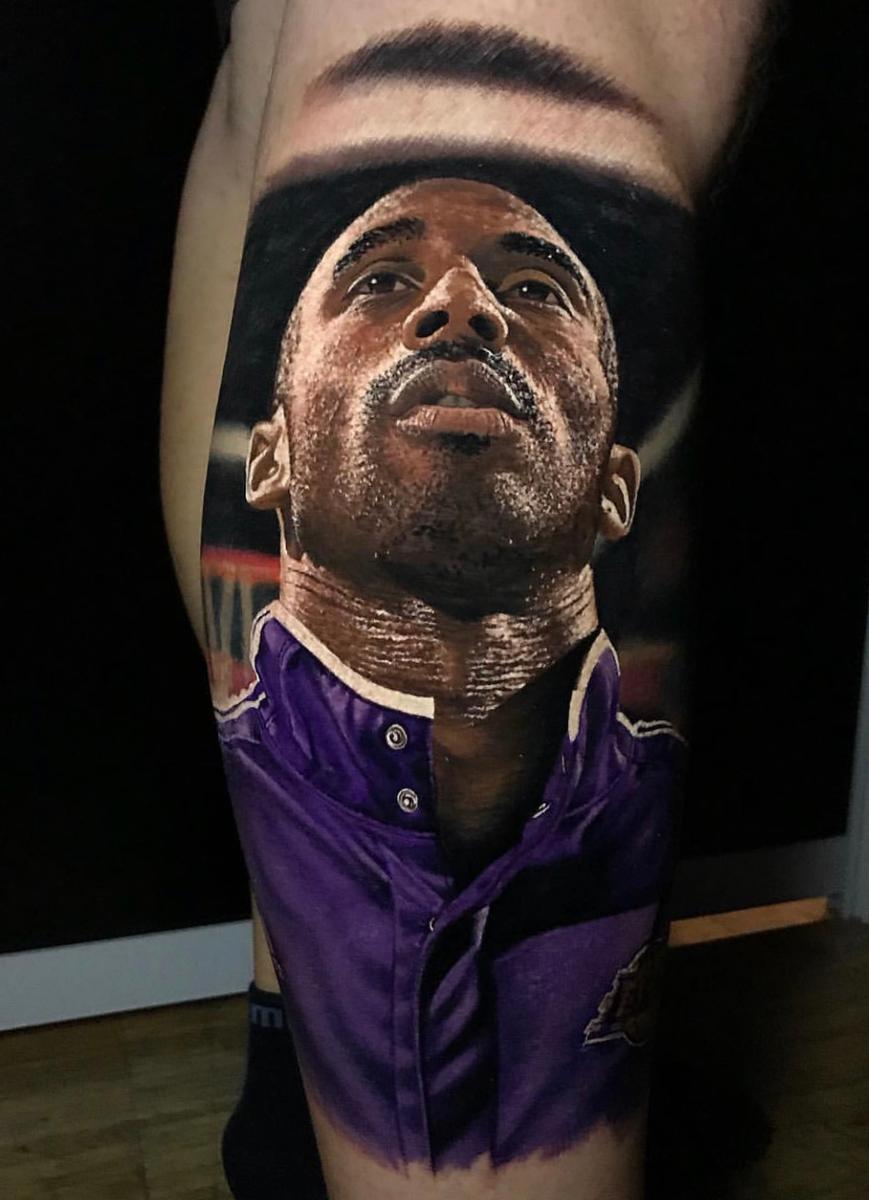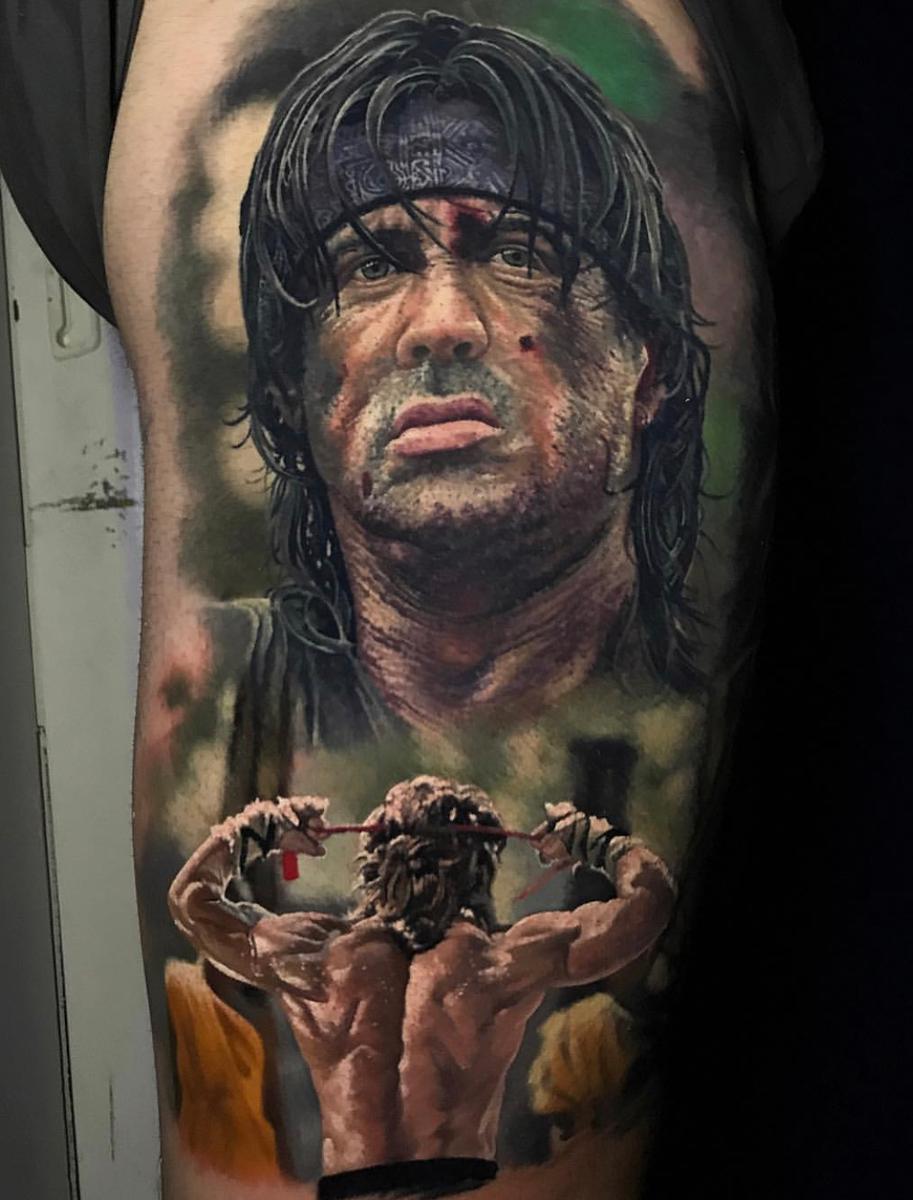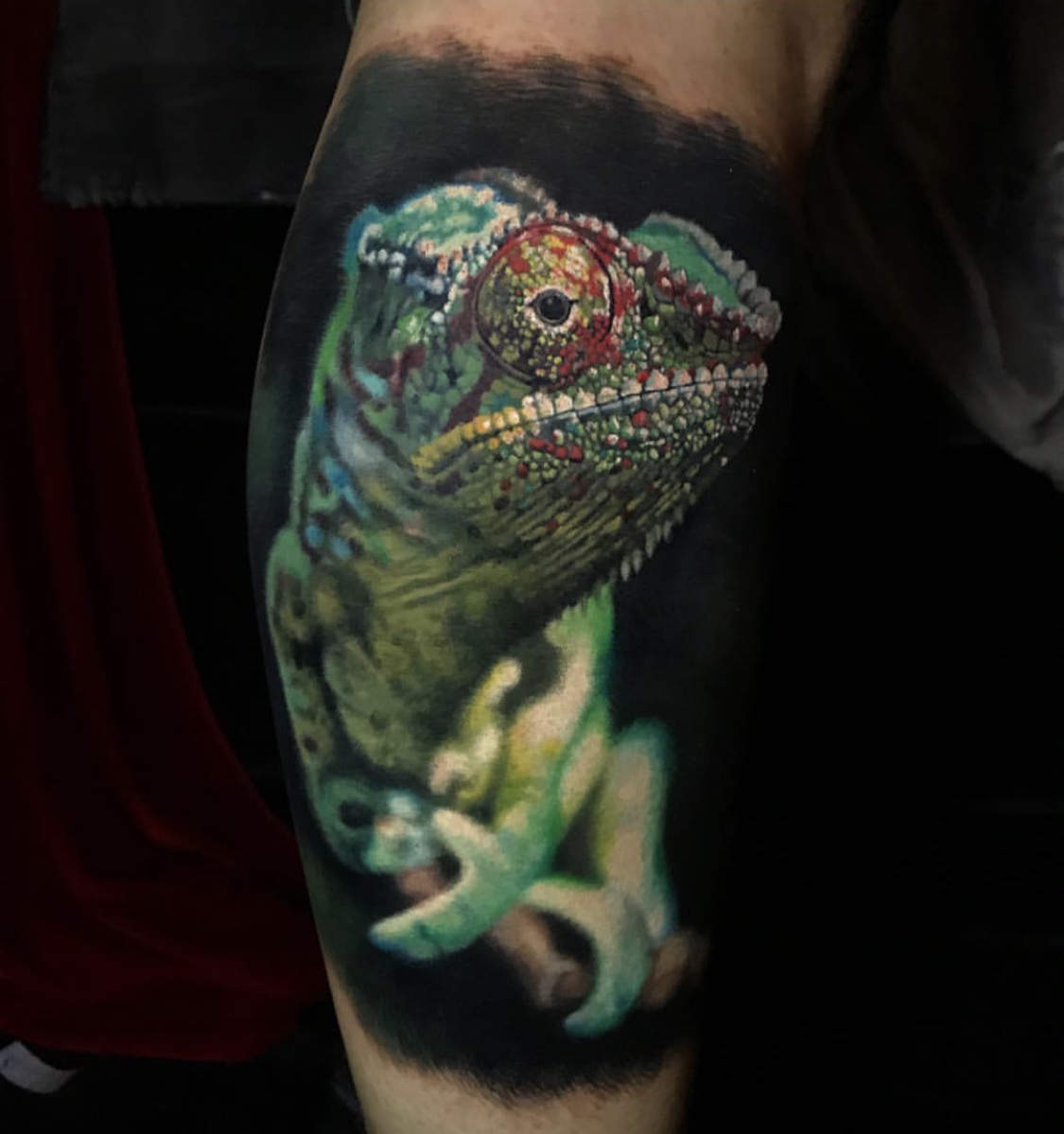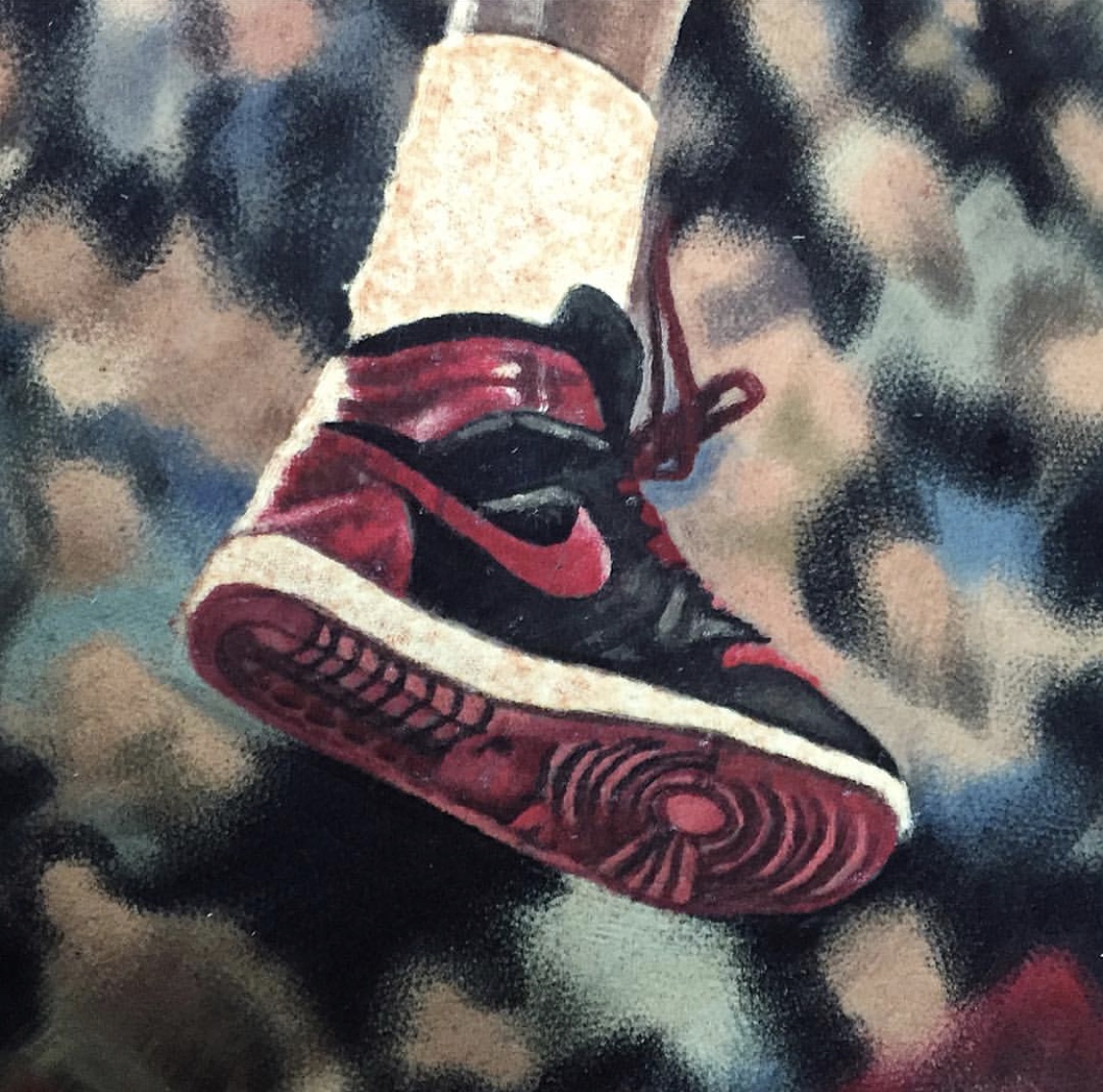Hi, I’m Steve Butcher, from West Auckland, New Zealand. I’m 28 years old and have been tattooing for 8 years now. How it all started… I was going to art school and had a friend who was tattooing at the time who’d seen one of my paintings. He told me I should get into tattooing, and I thought about it but just kind of left the idea for the time being. But then my Nana passed away and I got a tattoo from him, a portrait of her- and I became more interested. I eventually bought my own kit off the internet and began tattooing my friends, just kind of going by what I’d seen while he’d been working on me.
There were definitely some good shops in Auckland at the time but they were all full with busy artists. At the time I was getting tattooed by Dean Sacred who is probably one of the best tattooers in New Zealand, and I got to show him my work, which he critiqued a number of times. He was very helpful and encouraging. After a couple years of this I got a job in a street shop for 2 years, then I was hired by Matt Jordan, who I’ve worked with for 4 years now. I’m traveling a lot- It’s early June and I’ve only been home 8 weeks total this year!
 It doesn't take much of a blurred element to contrast fine detail. Note how Steve used a small amount of simple blurred background to push the fine details of Kobe Bryant's face into the foreground.
It doesn't take much of a blurred element to contrast fine detail. Note how Steve used a small amount of simple blurred background to push the fine details of Kobe Bryant's face into the foreground.
When I went to art school, it was so difficult because it wasn’t like I could paint and draw what I wanted… It was more of an academic thing where I had to learn how to talk about art. All I wanted to do was take painting classes for four years and learn some real painting skills, but most of it was about writing essays about art and talking about it. Tattooing, to me, is a breath of fresh air because of the freedom and the expression, it’s very hands-on. In school, I really didn’t learn to make art, it was more about memorizing theory. When I started tattooing I actually got to express myself the way I wanted to draw.

With more complex or layered tattoo designs, blurred areas can be a great way to keep the various design elements visually separate.
With my art, I’ve mainly always been focused on realism, trying to interpret a photograph and make it look exactly like the source image. So when I first got into tattooing, that’s what I was drawn toward the most. I was really interested in the work of Mike Devries and Nikko Hurtado and others who were doing that sort of stuff at the time, so my first interest as a tattooist was in portraits and faces in general. I’ve always been particularly attracted to photos that have a dramatic sense of focus and out-of-focus, which can give a tattoo a lot of depth and just looks good in general. If that effect isn’t in the photo sometimes I’ll make the effect myself by putting the image in Photoshop and blurring it out in select areas. That’s my favorite kind of photography- I do photography as well, and I especially like the effects of macro photography, with sharp elements fading out and getting blurry.

This chameleon tattoo is a perfect example of a macro photo used as a reference, making for a dramatic closeup appearance where the creature's face hovers in space.
Creating these blur effects is very systematic for me, since tattooing is such a technical art form. When working out of focus I just use a curved 15 magnum religiously. I don’t use anything else in these parts of the tattoo or it will ruin the effect; I’ve found that round shaders don’t work very well for making soft effects. I work these areas in tight little circles to keep it soft and to avoid any hard edges. I brush colors into each other, layering them so that it all blends smoothly. For detail, I do the opposite, avoiding soft blends and using a 5 liner or 7 round shader to create a sense of sharpness.
 In this closeup you can see the smooth consistency of the softly focused background, where care was taken to avoid making sharp edges, and how strongly that sets out the sharply focused shoe in the foreground
In this closeup you can see the smooth consistency of the softly focused background, where care was taken to avoid making sharp edges, and how strongly that sets out the sharply focused shoe in the foreground